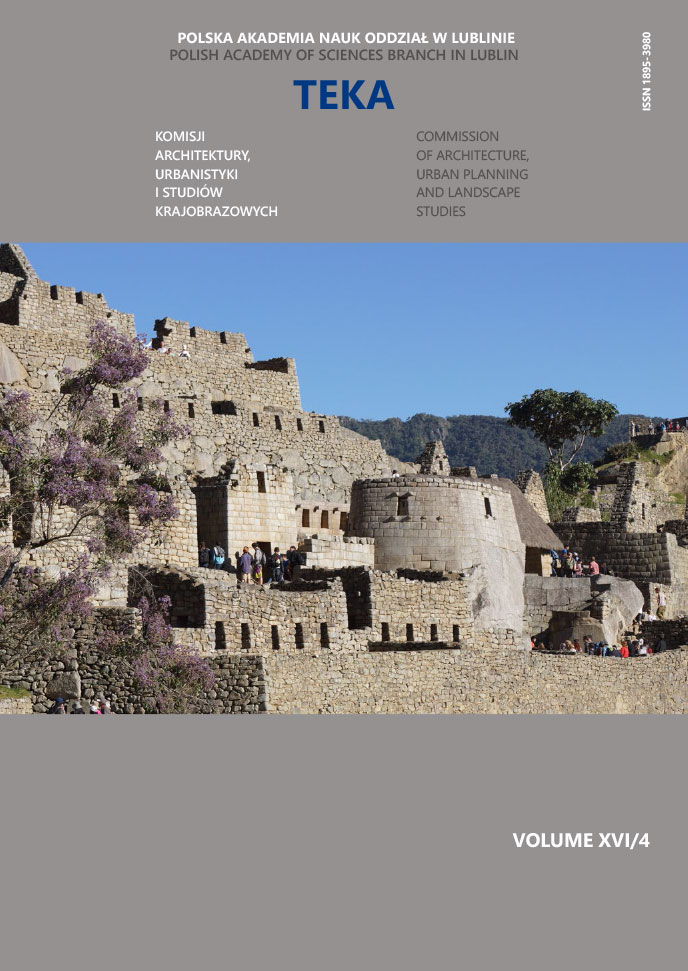Piotr Gleń, Karol Krupa, Comparative analysis of the inventory process using manual measurements and laser scanning, Budownictwo i Architektura 18(2) (2019), p. 21−30 accessed: 10.35784/bud-arch.552.
Gruszecki A., Specyfikacja zasobów architektury obronnej w Polsce, ich ochrony i zagospodarowania w: M.L. Lewicka [ed.], Ochrona zabytków architektury obronnej, Giżycko 1997, p. 19.
Kartograficzne udokumentowanie zasobów budownictwa obronnego w Polsce. Połowa XVIII w. – XX w., research project KBN no. 7T07F03610, joint publication under supervision of A. Gruszecki, Warszawa 2007.
Boroń Adam, Rzonca Antoni, Wróbel Andrzej, The digital photogrammetry and laser scanning methods used for heritage documentation (in:) Polskie Towarzystwo Informacji Przestrzennej, Roczniki Geomatyki 2007, Vol. V, book 8, p. 129.
Guerquin B., Zamki Śląskie, 1957.
Broniewski T., Śląsk w zabytkach sztuki, 1963.
Triller E., Rocznik Ziemi Kłodzkiej 1958, Vol. III 1959.
Bukal G., Niderlandyzm w sztuce polskiej, 2000.
Jędrysiak T., Mikos von Rohrscheidt A., Militarna turystyka kulturowa, PWE, 2011.
http://www.dawnekłodzko.pl, accessed: 09.03.2019.
http://www.zamkipolskie.pl, accessed: 09.03.2019.
Decision KL-V-1/61/30 of 13th May, 1960 r. on entry to the Register of Historic Monuments.
Piotr Gleń, Karol Krupa, The use of secondary build-up in historical fabric based on the donjon of Kłodzko Fortress / E3S Web of Conferences – 2018, vol. 49, s. 1−10, DOI: https://doi.org/10.1051/e3sconf/20184900031.
DOI: https://doi.org/10.1051/e3sconf/20184900031
Gleń P., Krupa K. The use of 3D scanning for the inventory of historical buildings on the example of the palace in Snopków. Teka Komisji Architektury, Urbanistyki I Studiów Krajobrazowych, 2020, 15(2). DOI: https://doi.org/10.35784/teka.889.
DOI: https://doi.org/10.35784/teka.889
Michałkowska K. [ed.], Modelowanie i wizualizacja danych 3D na podstawie pomiarów fotogrametrycznych i skaningu laserowego, 2015.
Zapłata R., Pomiar, inwentaryzacja i diagnostyka drewnianej architektury wernakularnej – wybrane zagadnienia zastosowania technologii skanowania naziemnego, Budownictwo i Architektura 14(4), 2015.
Filipowski Szymon, Laser scanning in architectural surveying – popular solutions and proposal for improvement, PUA 1/2018, p. 97.



